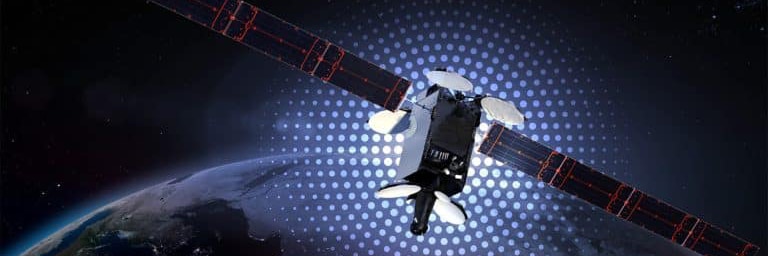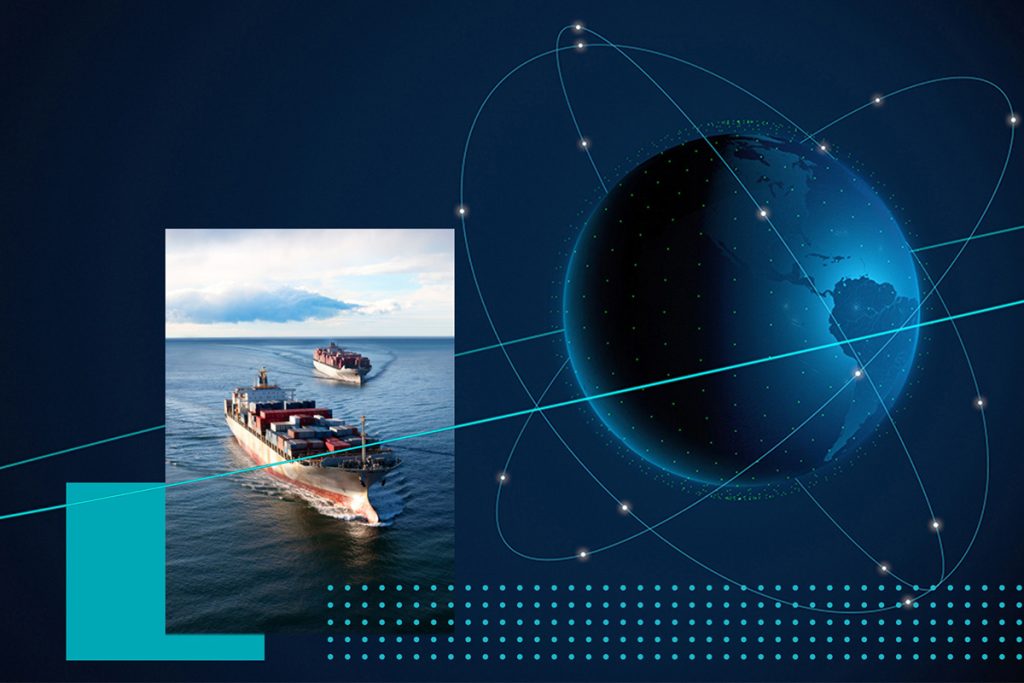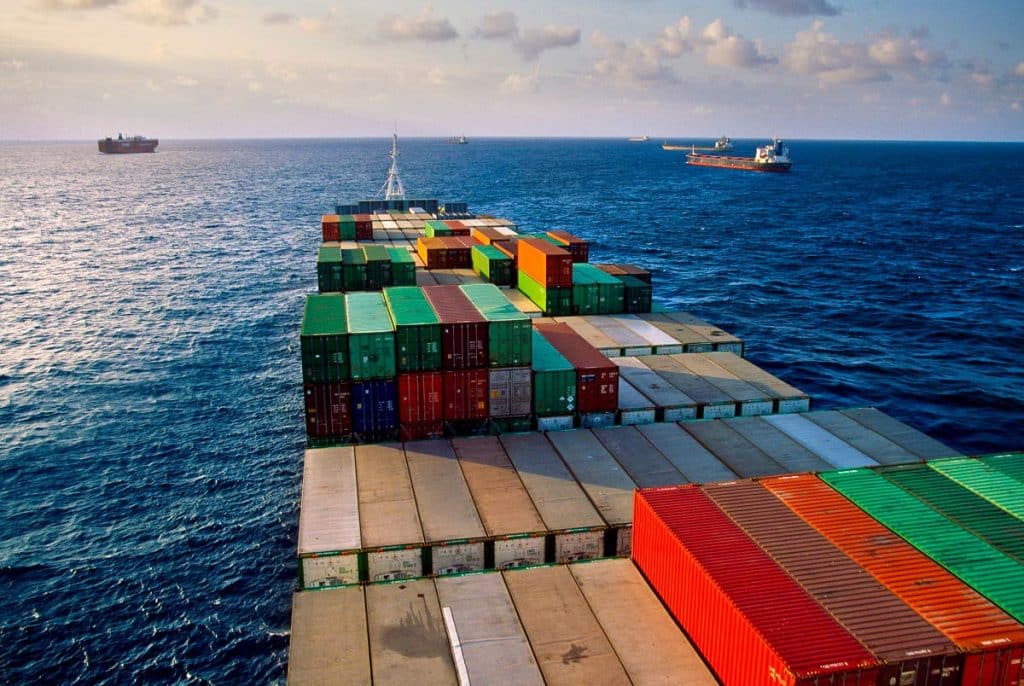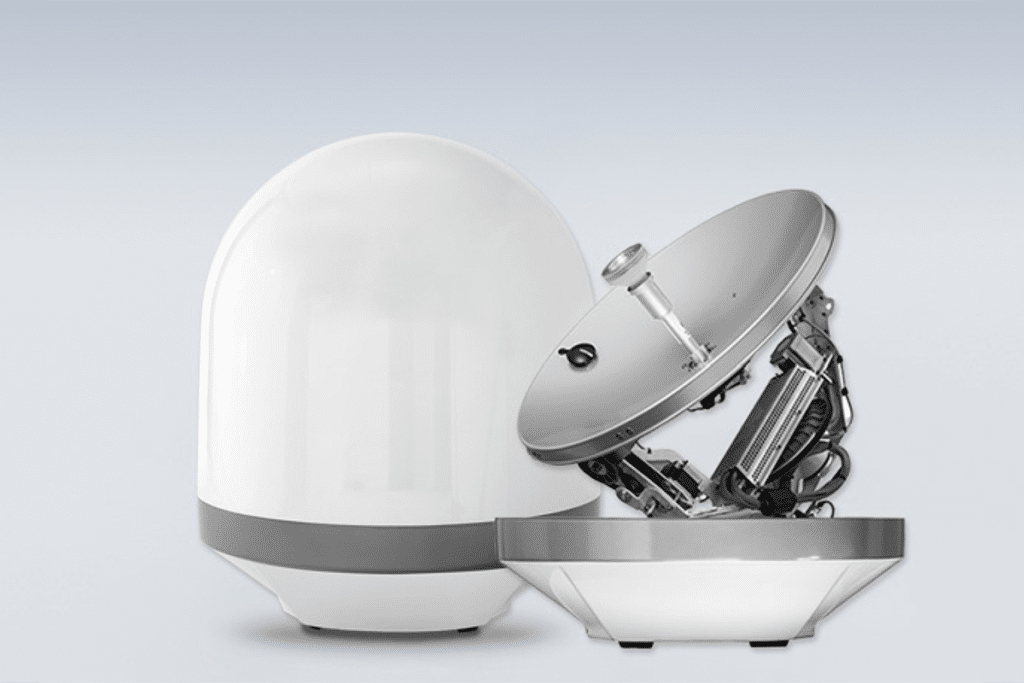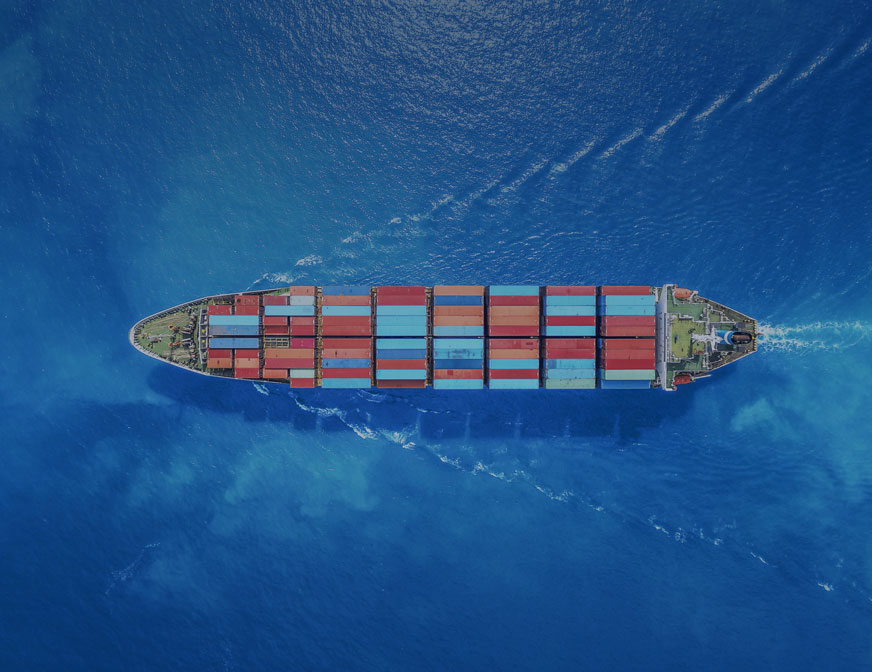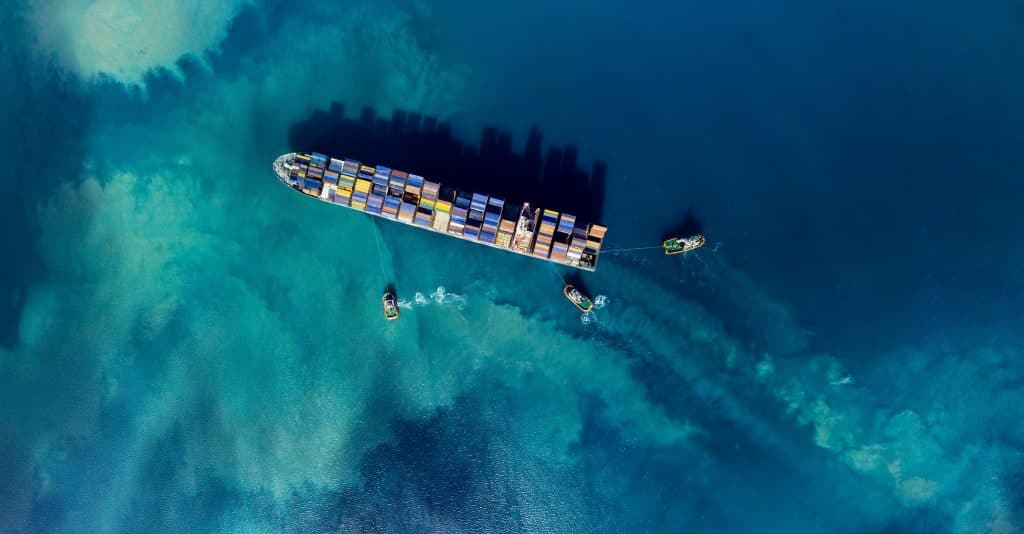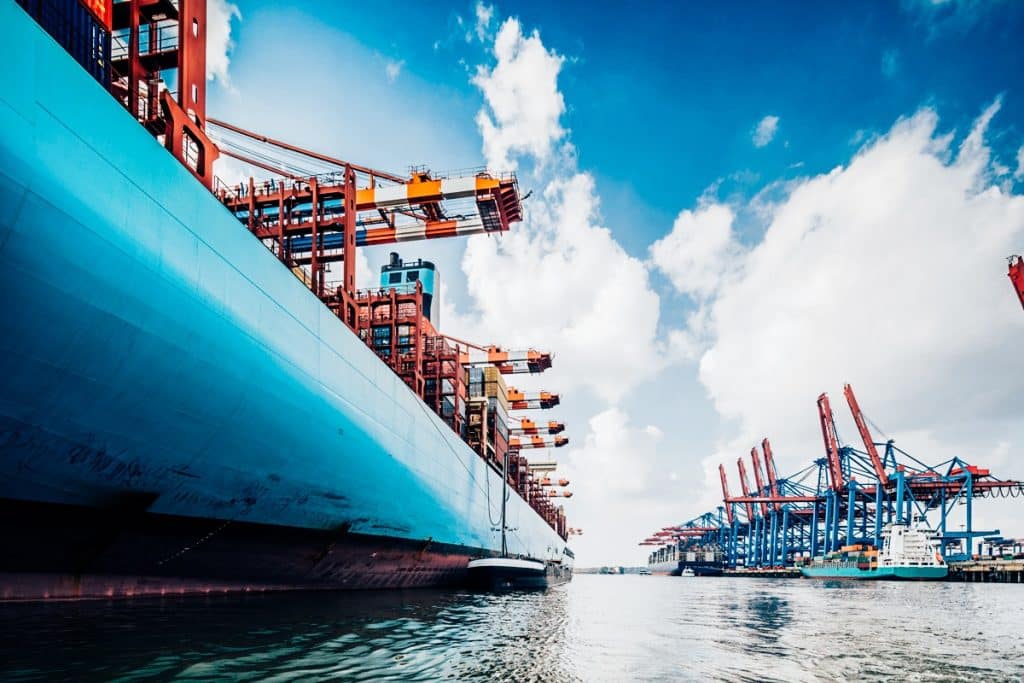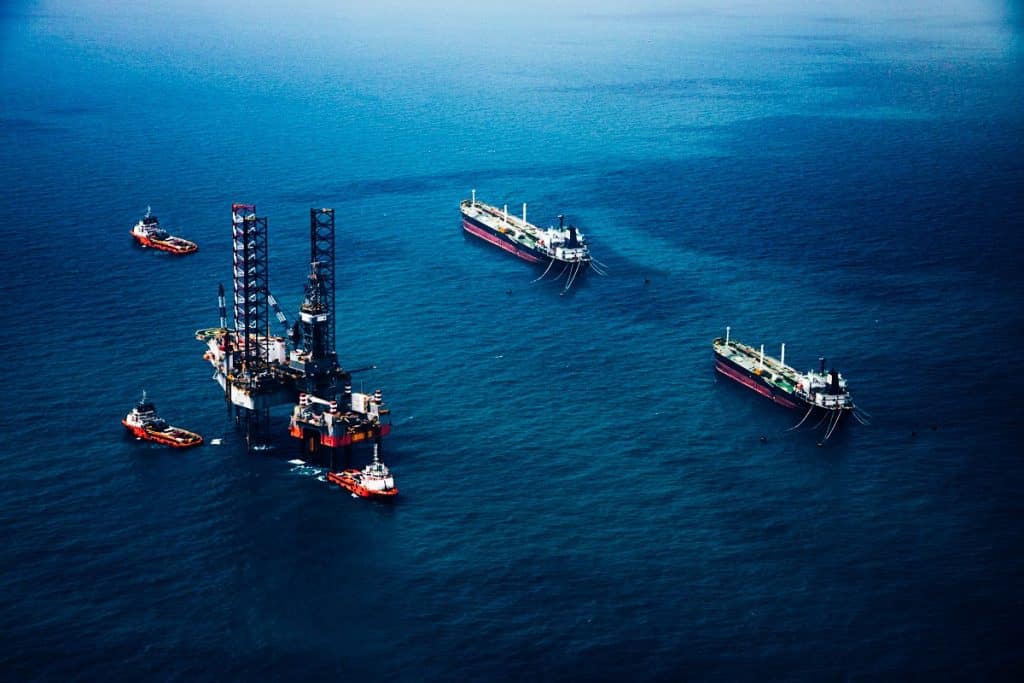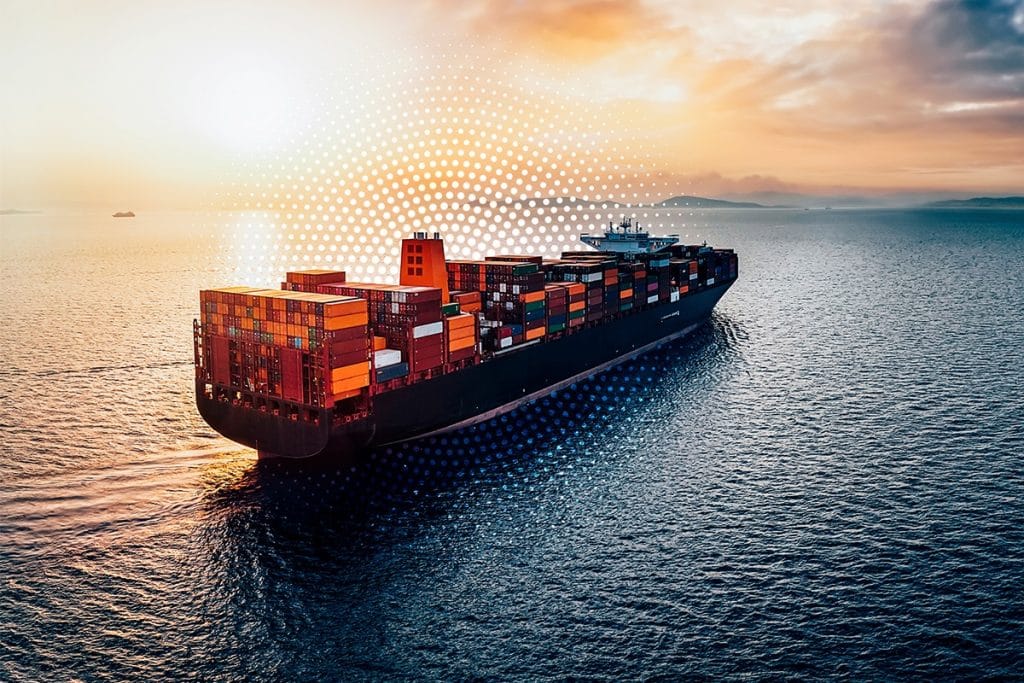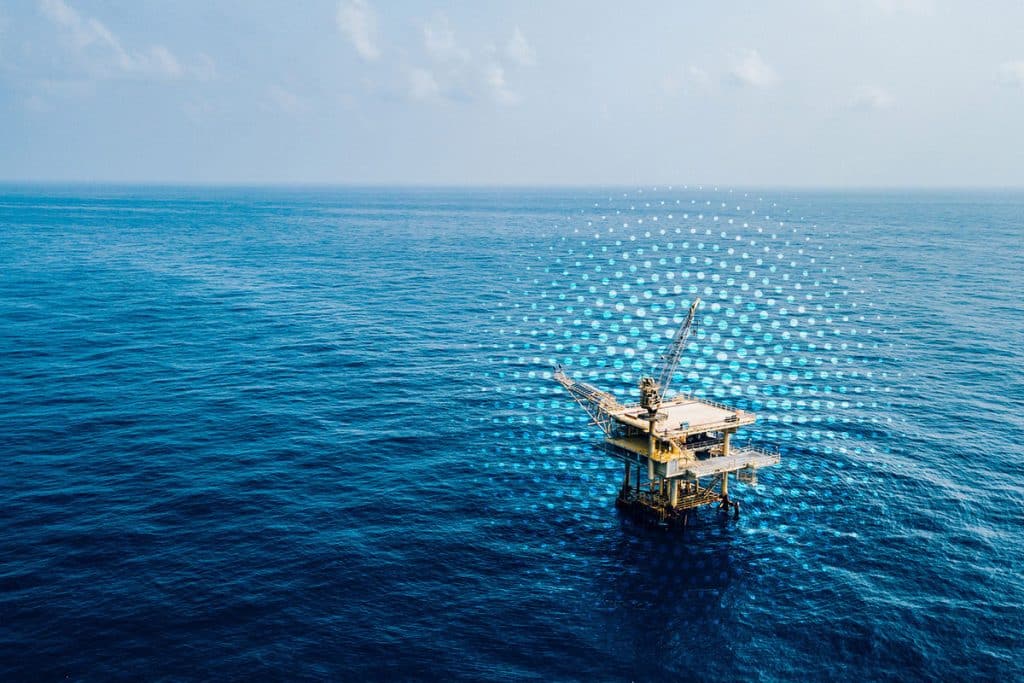Transforming Maritime Operations with Low-Earth Orbit Connectivity
Todd Cotts, Intelsat, Senior Product Marketing Manager, Mobility
In a data-driven world, connectivity isn’t just a nice-to-have for maritime operations — it’s mission critical. Whether you’re a satellite system integrator or a maritime operator overseeing vessels in remote waters, the message is clear: high-speed, low-latency connectivity is a core operational requirement.
Enter low-Earth orbit (LEO) satellite network solutions that reshape maritime connectivity by bringing fiber-like performance to the oceans. As global shipping and commercial fishing industries modernize, LEO is quickly becoming a foundational technology layer for the next generation of integrated maritime systems.
Why Maritime Operators Need LEO — Now
Global cargo shipping is projected to reach $24 billion by 2030, with growth driven by increased demand and digital transformation. But maritime operations are evolving in complexity, facing aging fleets, workforce shortages, rising cyber threats, and regulatory pressure. These realities demand better connectivity—not only for compliance and performance monitoring but also for operational resilience and competitive edge.
LEO networks, operating much closer to Earth than traditional geostationary satellites (GEO), are optimized for exactly these use cases. Their proximity allows for:
- Low latency, ideal for real-time applications like remote diagnostics, telemedicine, and autonomous systems.
- High-speed data transfer, supporting sensor integration, predictive maintenance, and video feeds.
- Better coverage in congested corridors and polar regions, where legacy networks often fall short.
Merchant Fleets: Aging Assets, New Requirements
Many merchant ships are already decades old — nearly 50% of tankers, bulk carriers, and containerships will be over 21 years old by 2030. These aging fleets are vulnerable to equipment failures and inefficiencies that can erode profits and compromise safety.
LEO connectivity enables real-time performance monitoring and remote diagnostics. By connecting onboard sensors to shoreside maintenance teams, operators can shift from reactive maintenance to predictive strategies — extending vessel life and reducing costly downtime. For integrators, this means growing demand for systems that integrate seamlessly with shipboard IoT frameworks.
Solving the Crew Connectivity Challenge
As maritime operations evolve, so do expectations from the workforce. Today’s seafarers — especially the younger generation — demand continuous digital access. For merchant ships and commercial fishing vessels alike, crew morale and retention hinge on providing connectivity for entertainment, social media, and communication with family.
LEO networks deliver the bandwidth and speed needed to meet these expectations. Operators gain a recruitment edge, while integrators have the opportunity to deliver value-added services like virtual wellness apps, live streaming capabilities, and crew training modules—all onboard and uninterrupted.
Safety in an Increasingly Hostile Environment
Piracy, geopolitical instability, and cyber threats are all rising concerns in commercial shipping. Continuous, secure connectivity is essential for real-time monitoring, threat detection, and coordinated emergency response.
LEO’s redundancy and responsiveness offer maritime operators an always-on line of communication. Coupled with integrated terrestrial and port-based systems, LEO ensures that a ship is never digitally isolated, even in the most dangerous regions.
System integrators can leverage this to build layered security architectures that include surveillance, real-time alerts, and encrypted data pathways between ship and shore.
Intelsat and OneWeb: A Unified Approach to Maritime Connectivity
Intelsat’s FlexMaritime LEO combines the high speeds and low latency connectivity of Eutelsat OneWeb’s LEO network with Intelsat’s managed service and support to deliver a complete and unparalleled maritime connectivity solution for maritime operations.
With FlexMaritime LEO, system integrators and ship operators gain a wide range of maritime connectivity advantages, including:
- Ultra-high-speed connections up to 100 Mbps download and 10 Mbps upload.
- Ultra-low latency performance of ~70 milliseconds for faster application response times.
- Robust low-Earth orbit network coverage, including the busiest shipping routes.
- Scalable managed service for a range of business needs.
- Unmatched industry experience with Intelsat’s 60 plus years providing satellite solutions on land, in the air, and at sea.
Conclusion: A Sea of Change in Maritime Connectivity
The maritime industry has entered a new phase — one where every ship is a data center, every voyage a source of analytics, and every decision driven by real-time insights. Low-Earth orbit connectivity solutions like FlexMaritime LEO are not just improving how maritime businesses connect — they’re redefining what’s possible at sea.
For system integrators and operators, the opportunity is clear: adopt LEO-enabled connectivity services now for a more efficient, secure, and connected maritime future.




